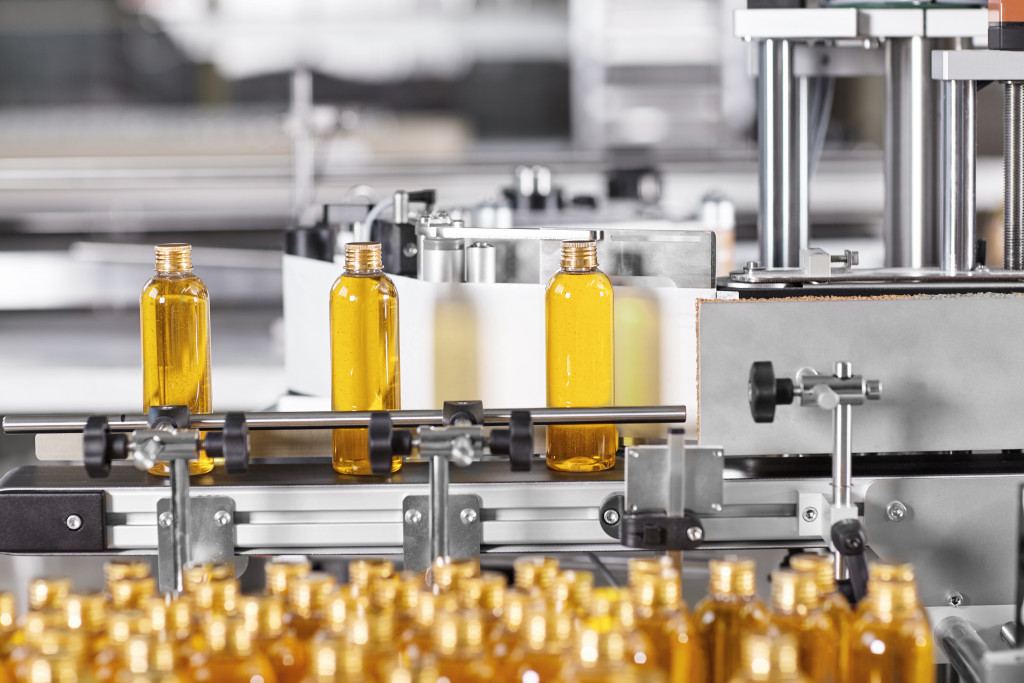- Artificial intelligence can predict equipment failures, monitor production cycles, and provide predictive insights into production processes.
- Leveraging the Internet of Things (IoT) can help businesses reduce waste, optimize production processes, and improve safety.
- Machine learning algorithms can identify patterns in data to optimize production quality.
- Robotics can reduce the risk of human error, increase efficiency and safety, and streamline warehouse operations.
- Technology investments are essential for businesses to remain competitive and improve production quality.
The use of technology for streamlining business operations has been around for quite some time. But recent technological advancements have opened up new avenues for business owners and entrepreneurs to optimize production quality. By leveraging technology to enhance production quality, businesses can reduce costs, improve efficiency, and meet customer demands more effectively.
This blog post discusses the importance of optimizing production quality through technological advancements. It will explore several key areas where technology can increase production quality, including artificial intelligence, the Internet of Things, and machine learning.

The Importance of Artificial Intelligence
Artificial intelligence is a critical area of technological advancement, transforming the business landscape. AI can help businesses improve production quality by providing predictive insights into production processes. By leveraging predictive analytics, businesses can reduce waste, improve efficiency, and increase production quality.
Predict Equipment Failures
One example of how AI can optimize production quality is by using algorithms to predict equipment failures and downtime before they occur. With AI, businesses can be proactive and address problems before they significantly drop production quality.
Monitor Production Cycles
AI can also monitor production cycles and provide valuable insights into areas where quality may slip, or improvements can be made. You can also use Statistical Process Control or SPC software to monitor production. The software monitors production cycles and provides real-time feedback on how quality is affected.
The Internet of Things (IoT) and Production Quality
The IoT refers to a network of devices connected to the internet. By leveraging IoT devices, businesses can monitor and control production processes more effectively, leading to improved production quality. For example, IoT devices can monitor equipment performance and provide real-time data on performance and potential problems.
Streamline Production
Additionally, IoT devices can help businesses reduce waste, optimize production processes, and ensure quality control. By using IoT devices to gather data on production processes, businesses can analyze the data to identify areas for improvement and take corrective action to optimize production quality. This can result in increased efficiency and cost savings.
Improved Safety
IoT devices can also be used to improve the safety of production processes by monitoring environmental conditions and alerting workers when potential hazards arise. For example, IoT sensors can monitor temperature or humidity levels in a factory environment and alert workers if an unsafe level is present. By using IoT devices to monitor production processes, businesses can reduce the risk of accidents and injuries.
Machine Learning and Production Quality
Machine learning is a form of artificial intelligence that involves the development of algorithms that can “learn” from data and make predictions. Machine learning can help businesses optimize production quality by identifying patterns in data that can be used to improve production processes.
Optimal Processes
For example, machine learning algorithms can help businesses identify the optimal temperature, humidity, and other variables for producing high-quality products. Businesses can identify patterns and make adjustments to optimize production quality by analyzing production data.
Predictive Maintenance
Another way that machine learning can be used to improve production quality is through predictive maintenance. Predictive maintenance allows businesses to detect problems before they occur, reducing the risk of downtime and product defects. By analyzing machine sensor data, businesses can identify patterns that indicate when a breakdown might occur and take preventive measures to reduce the risk of errors or defects.

Robotics and Production Quality
Robotic technology is another area of technological advancement that can help businesses optimize their production quality. Robotics can reduce human error risk and improve production process consistency. Additionally, robots can be programmed to take on hazardous or challenging tasks for humans.
Increased Efficiency
Robots can be used in manufacturing processes to increase efficiency and reduce errors, improving production quality. Additionally, robots can streamline warehouse operations, reduce production costs, and improve quality control. This can help businesses reduce their overhead costs and increase productivity.
Improved Safety
Robots can also improve workplace safety by eliminating hazardous tasks or automating dangerous processes. By reducing the risk of human error, robots can make working environments safer for everyone involved. Additionally, robotic technology can help keep workers safe from potential hazards associated with certain manufacturing processes.
Optimizing production quality through technological advancements is essential for business owners and entrepreneurs looking to reduce costs, improve efficiency, and meet customer demands more effectively. Businesses can reduce waste, optimize production processes, and ensure quality control by leveraging technologies such as artificial intelligence, IoT, machine learning, and robotics. Investing in these technologies is critical to improving production quality and remaining competitive in today’s business landscape.
